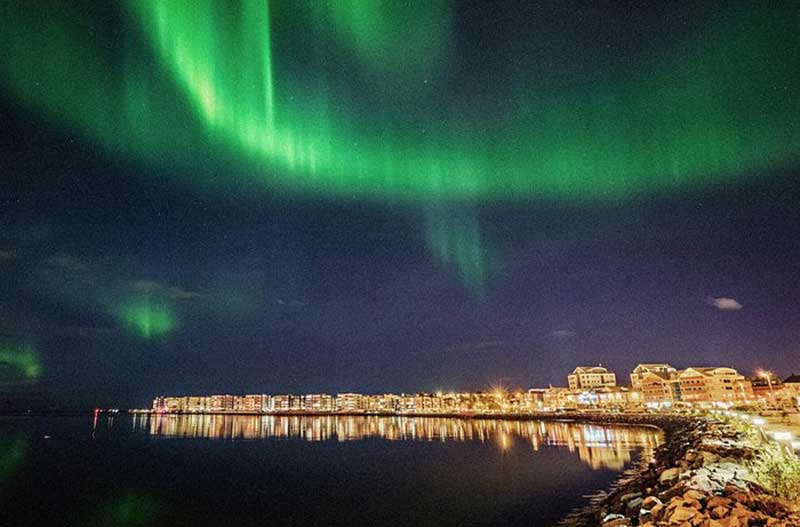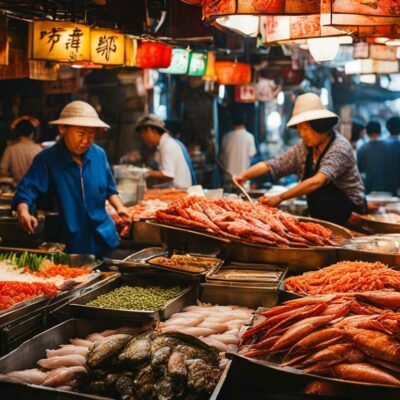Unveiling Reykjavík’s Rich Past
Introduction
Nestled between the North Atlantic and the stunning landscapes of Iceland, Reykjavík holds a treasure trove of stories that date back over a millennium. Its history is as diverse and dynamic as the landscapes that surround it.The Viking Settlement
In the 9th century, Viking explorers discovered Iceland and established Reykjavík as one of the island’s first settlements. The Old Norse influence is still evident today, with street names, local traditions, and even the Icelandic language reflecting these ancient origins.Blossoming through the Ages
Over the centuries, Reykjavík evolved from a fishing village into a vibrant trading hub. The city’s strategic location fostered connections with other European countries, contributing to its growth and prosperity.Architectural Marvels of Old
Reykjavík boasts a collection of historic buildings that tell tales of its past. The iconic Hallgrímskirkja, a towering church with unique architectural flair, stands as a testament to both the city’s history and its modern character.
Cultural Renaissance
The 19th and 20th centuries marked a cultural renaissance for Reykjavík. Artists, writers, and musicians converged in the city, giving rise to a rich cultural scene that still flourishes today.Literary Heritage
Reykjavík’s literary legacy is profound, with a high number of residents being published authors. The city’s strong literary tradition led to its designation as a UNESCO City of Literature in 2011.Modern Resurgence
Reykjavík’s spirit of innovation and creativity continues into the modern age. The city has become a global leader in renewable energy, sustainability, and technology.Natural Wonders Surrounding Reykjavík
Beyond the urban landscape, Reykjavík is surrounded by awe-inspiring natural wonders. From the mystical Northern Lights to the geothermal spas like the Blue Lagoon, nature is always within reach.Cuisine and Traditions
Icelandic cuisine reflects its history and environment, with an emphasis on seafood, lamb, and unique preservation methods. Traditional dishes like hákarl (fermented shark) offer a taste of the past.
Exploring Reykjavík Today
Travelers to Reykjavík can explore its historic streets, vibrant arts scene, and friendly atmosphere. The city’s walkability and compact size make it an ideal destination for discovering its hidden gems.Reykjavík’s Festivals and Events
Throughout the year, Reykjavík hosts a myriad of festivals and events that celebrate its culture, from the Iceland Airwaves music festival to the Winter Lights Festival.Preservation Efforts
Preserving Reykjavík’s historical sites is a top priority. Organizations and city officials collaborate to maintain and restore the city’s landmarks, ensuring that they remain accessible to future generations.Walking through History: Must-Visit Sites
Tourists and locals alike can embark on a historical journey by visiting landmarks such as the National Museum of Iceland, Árbaer Open Air Museum, and the Parliament House.Reykjavík: A Photographer’s Paradise
With its blend of old-world charm and modern aesthetics, Reykjavík provides photographers with a captivating canvas. The colorful houses, scenic landscapes, and unique architecture are a visual delight.Cathedral Cove Travel Guide
Conclusion
Reykjavík’s rich past is a testament to its resilience, adaptability, and unyielding spirit. From Viking settlers to a modern-day cultural hub, the city’s evolution is a story that deserves to be explored and cherished.What is the Historical Significance of the Isaw Delicacy?
The historical significance of the isaw delicacy lies in its humble origins as a street food staple in the Philippines. From being a local favorite, it has now gained international attention, unveiling the mouthwatering isaw delight to the world. With its unique taste and cultural value, isaw has become a symbol of the country’s rich culinary heritage.












